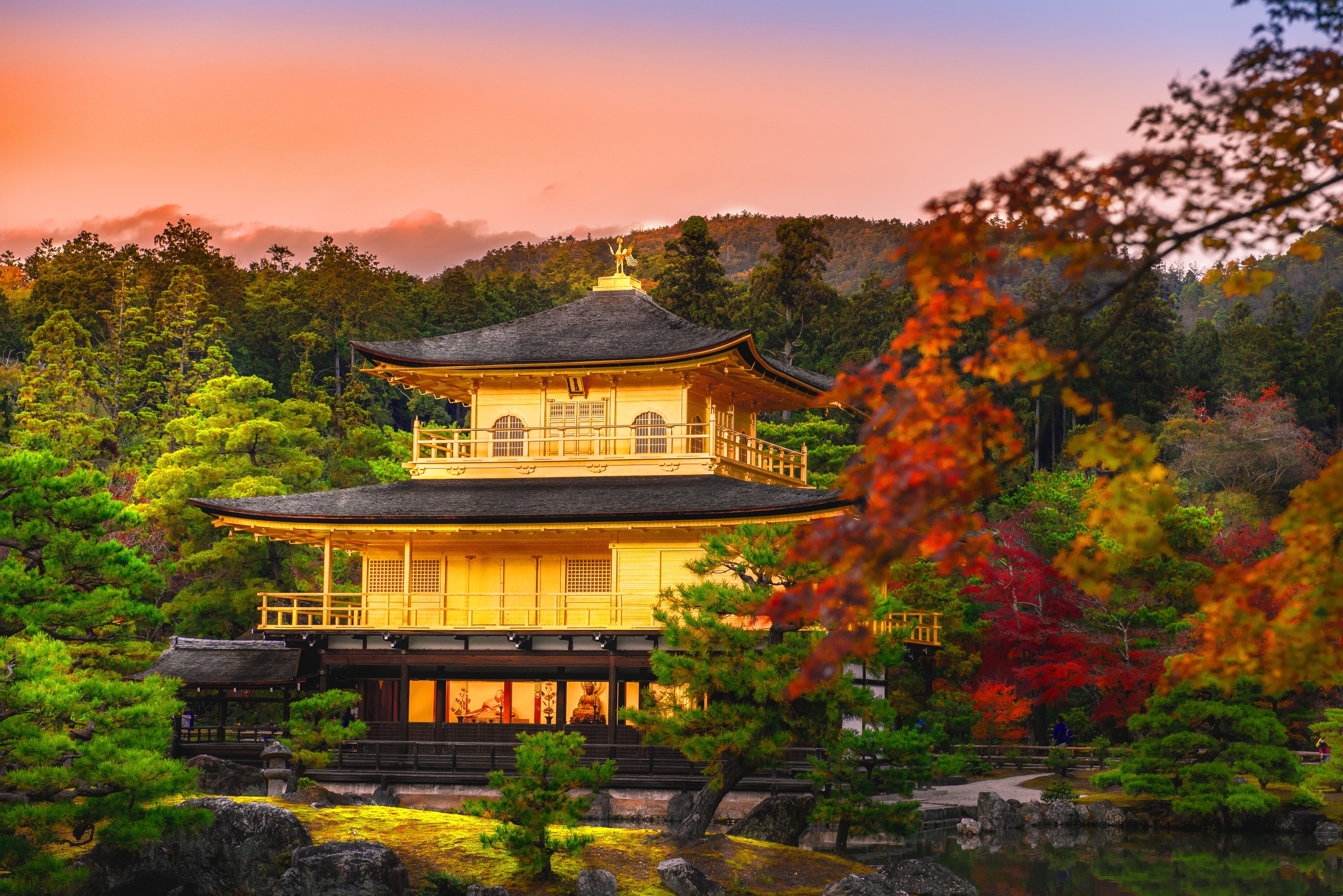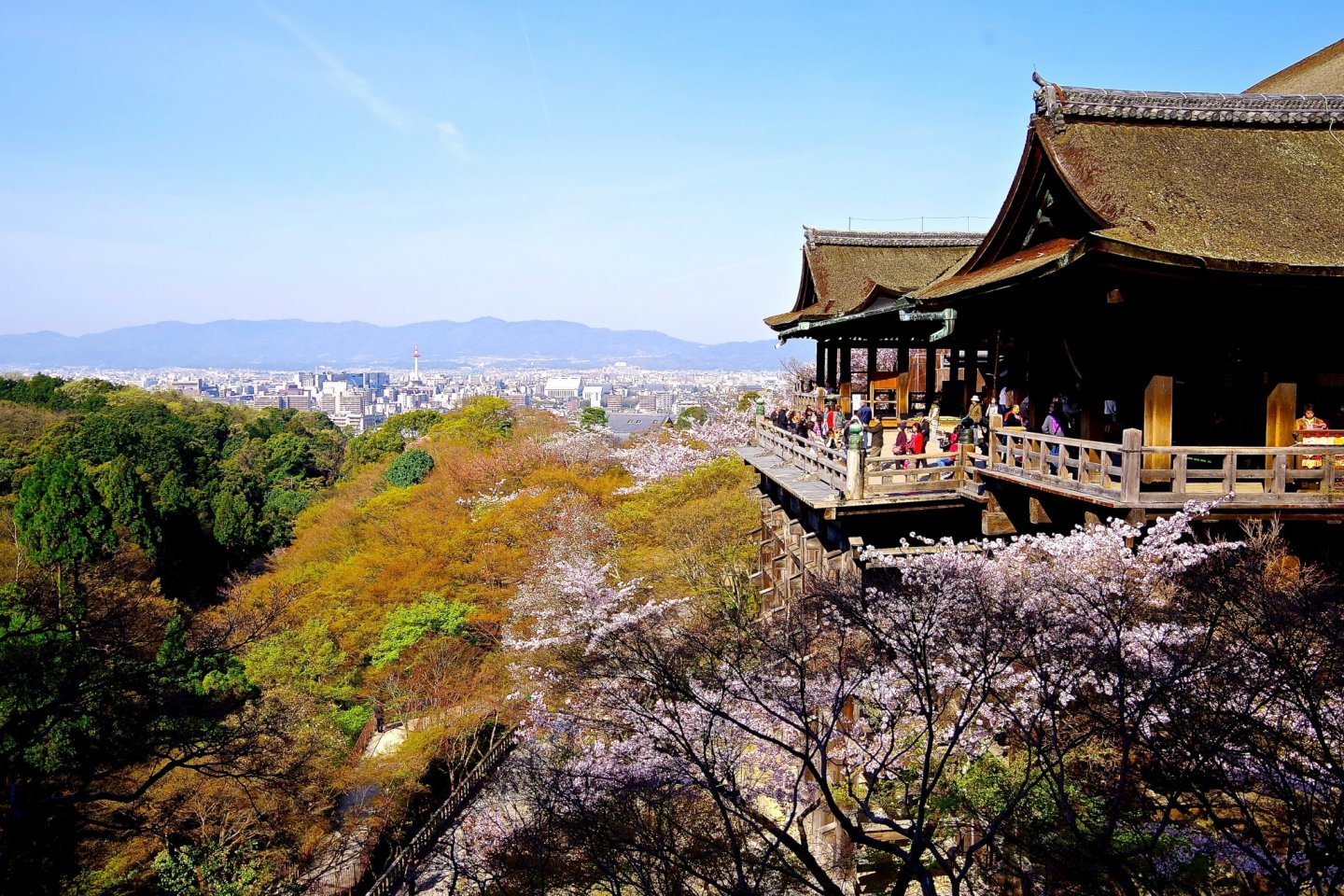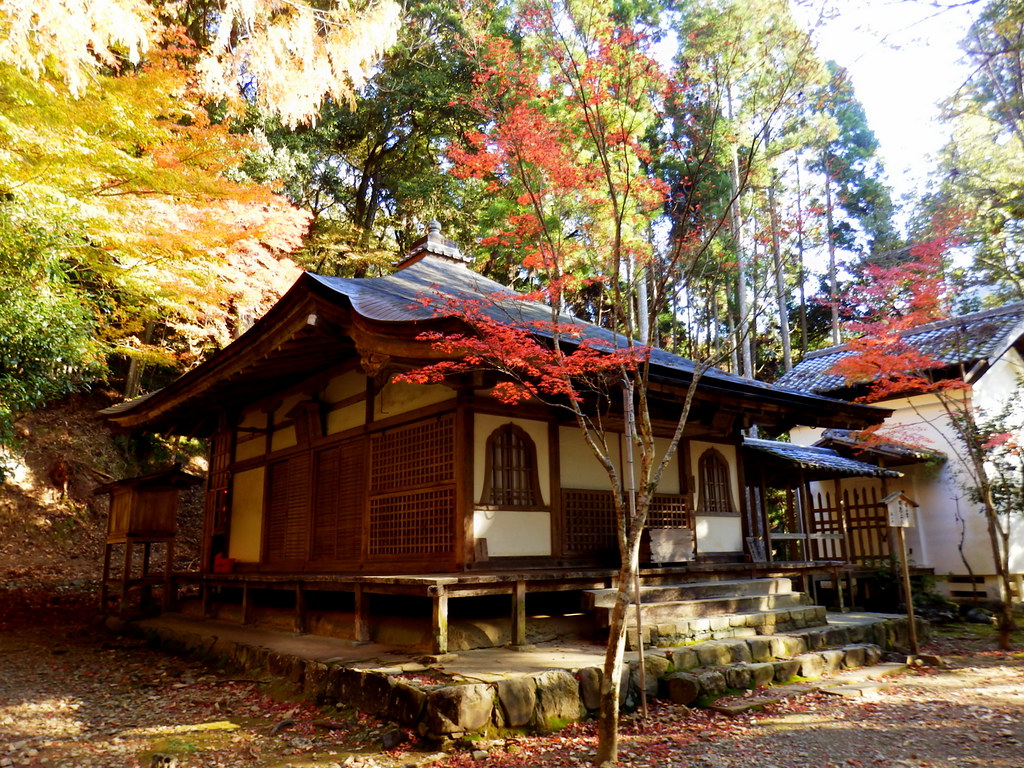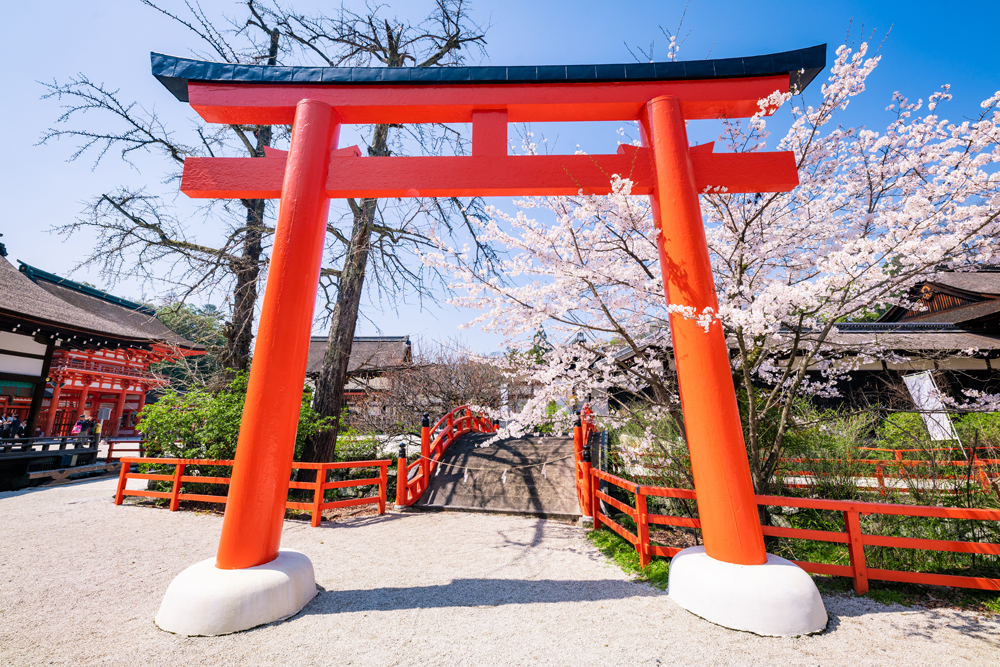Kyoto UNESCO World Heritage Sites

UNESCO World Heritage Sites in Kyoto
Kyoto has a long history and is famous for its beautiful gardens, ancient temples, traditional architecture and rich cultural heritage. Kyoto's cultural heritage makes it one of the unique cities in the world, attracting countless tourists to explore its rich traditions and beautiful attractions. Among these attractions, 14 of them were designated as UNESCO World Heritage Sites within the city of Kyoto and its immediate vicinity.
List of UNESCO World Heritage Sites
The lists are all the UNESCO World Heritage Sites in Kyoto Prefecture, of which 11 are Buddhist temples, 2 are shrines and one is a castle.
1. To-ji Temple
This 55-meter high pagoda is equivalent to a 19-story building. It is the tallest five-story pagoda and the tallest wooden building in Japan. The tower body is well preserved, and the appearance of each floor is almost the same. It can be called a masterpiece of the early Edo period and is a well-deserved national treasure.
2. Kiyomizu-dera Temple
Founded in 778, Kiyomizu-dera Templ is the is the oldest temple in Kyoto. Kiyomizu-dera Temple is named after the clear water of Otowa Falls in the temple, which is listed as the top ten famous springs in Japan. It is one of the famous cherry blossom viewing spots in Kyoto and blooms in autumn.

3. Daigo-ji Temple
Daigoji Temple is one of the largest temple buildings in Kyoto, occupying the entire Daigoyama Mountain in the southeast of Kyoto. Daigoji Temple occupies a vast area and is mainly divided into three major areas: Sanhoin and Shimodaigo at the foot of the mountain, and Kamidaigo on the mountain. There are a total of more than 80 buildings in Buddhist temples, large and small.
4. Ninna-ji Temple
As a royal temple, Ninna-ji Temple has a close relationship with the Japanese royal family. Since ancient times, several emperors have abdicated and fled to Buddhism, and have carried out the political rights of the emperors at Ninheji Temple. Therefore, Ninheji Temple is also known as the Imperial Palace.
5. Kozan-ji Temple
Founded in 774 AD, the temple still retains a large collection of paintings, classics, documents, and many precious cultural relics. Kozanji Temple is famous for its national treasure "Choju Jinbutsu Giga picture scrolls" that have been passed down from generation to generation in the temple. It depicts the stories of various animals and uses comics to metaphor the human world and reflect society. It is Japan's earliest comics and also printed on the tickets to Koyama Temple.

6. Saiho-ji Temple
Entering the moss garden of Saihoji Temple is like walking into an enchanted forest. In the past, it was as unpretentious as the garden of Ryoanji Temple. Then moss grew, with more than 100 species, forming a gorgeous carpet growing under the maple trees, giving this place a popular name - Moss Temple.
7. Tenryu-ji Temple
The architectural style of Tenryuji Temple is mainly Japanese traditional wooden structure, which combines elements of Chinese Tang style, Indian Buddhism and Japanese traditional culture. Tea ceremony culture is also a major feature of Tenryuji Temple. Visitors can take tea ceremony experience courses to learn how to make tea, taste tea and appreciate the art of tea ceremony.
8. Kinkaku-ji Temple
Officially named Rokuon-ji Temple, Kinkaku-ji Temple is covered with gold leaf both inside and outside, so it is also called the Golden Pavilion. Kinkakuji is located in a beautiful garden, surrounded by a pond. The pond reflects the Golden Pavilion, creating a fairyland-like scene.
9. Ginkaku-ji Temple
Compared with the splendor of Kinkaku-ji Temple, Ginkaku-ji Temple is not silver as its name suggests, but has an old and primitive beauty. In addition to the temple and the artificially built Silver Beach, there are also many characteristic representative scenery and the number of buildings. Among them are Including, Tokudo, which is called a national treasure by the Japanese.
10. Ryoan-ji Temple
Ryoanji Garden is a representative of the abstract beauty of Japanese gardens, where the most famous "dry landscape" stone garden landscape is located. After visiting, you might as well go to the nearby restaurant Ryoanji Yudofu Umegaean to taste Kyoto’s famous tofu hot pot.
11. Nishi Hongan-ji Temple
The architecture of Nishi Honganji Temple reflects the gorgeous and luxurious artistic style of the Momoyama period. Inside the temple there is a seated statue of the founder of the mountain, Saint Jinluan. The Karamon Gate, White Shoin, Black Shoin, and Japan's oldest Noh stage in Nishi Honganji Temple are Japanese national treasures. There are also other wonderful attractions such as murals and the dry landscape-style Tokoi Garden.

12. Shimogamo-jinja Shrine
It was originally a clan shrine of the Kamo clan, a wealthy family in ancient Japan. After the capital was moved safely, Shimogamo Shrine became the guardian shrine of the capital. The "Aoi Matsuri" held by Shimogamo Shrine and Kamigamo Shrine on May 15th every year is one of the three major festivals in Kyoto.
13. Kamigamo-jinja Shrine
The shrine is said to have been built at the end of the 7th century, even before the capital was moved to Kyoto. With an area of 660,000 square meters, Kamigamo-jinja Shrine owns 34 national cultural relics. Many traditional sacred events are held in the shrine.
14. Nijo-jo Castle
Been built in the early 17th century, Nijo-jo Castle’s architectural style is full of characteristics of Japan's Muromachi period and Edo period. Nijo Castle was once an important place in Japanese politics and history. Visitors can tour the interior of the castle and admire the palace architecture, decorations and courtyards. There is also a museum inside the castle with exhibits about the castle and its history.
Recommended Kyoto history & culture tour package with UNESCO sites:
6 days Kyoto history and culture tour package

